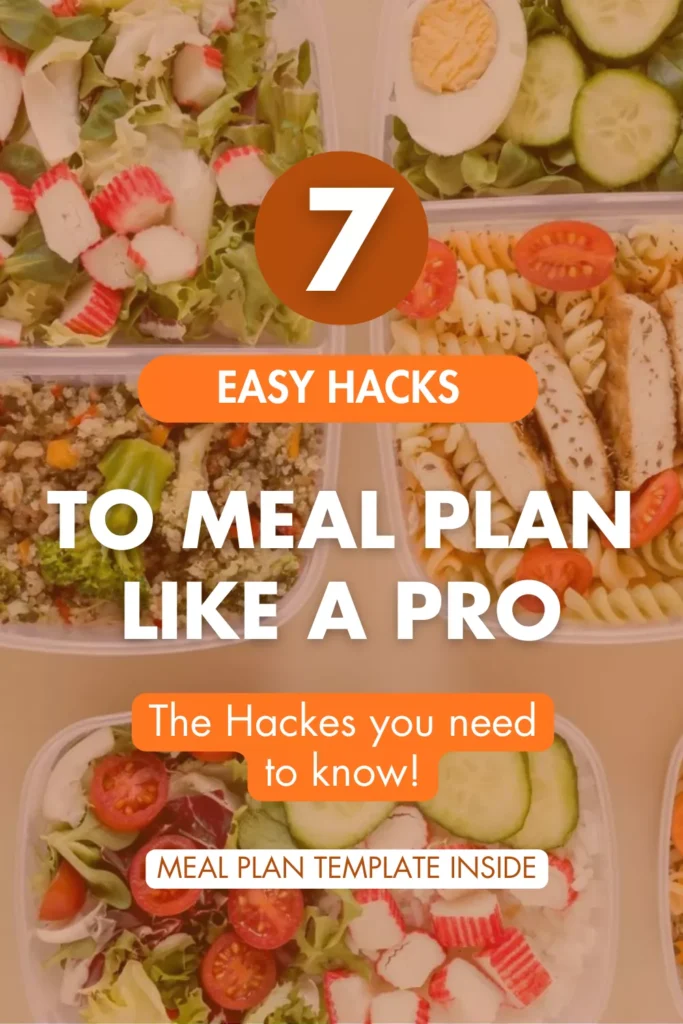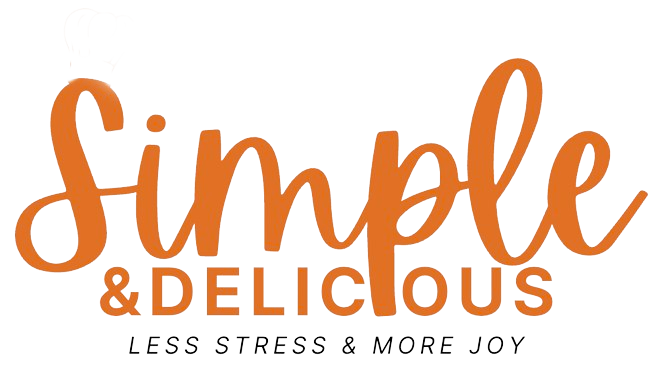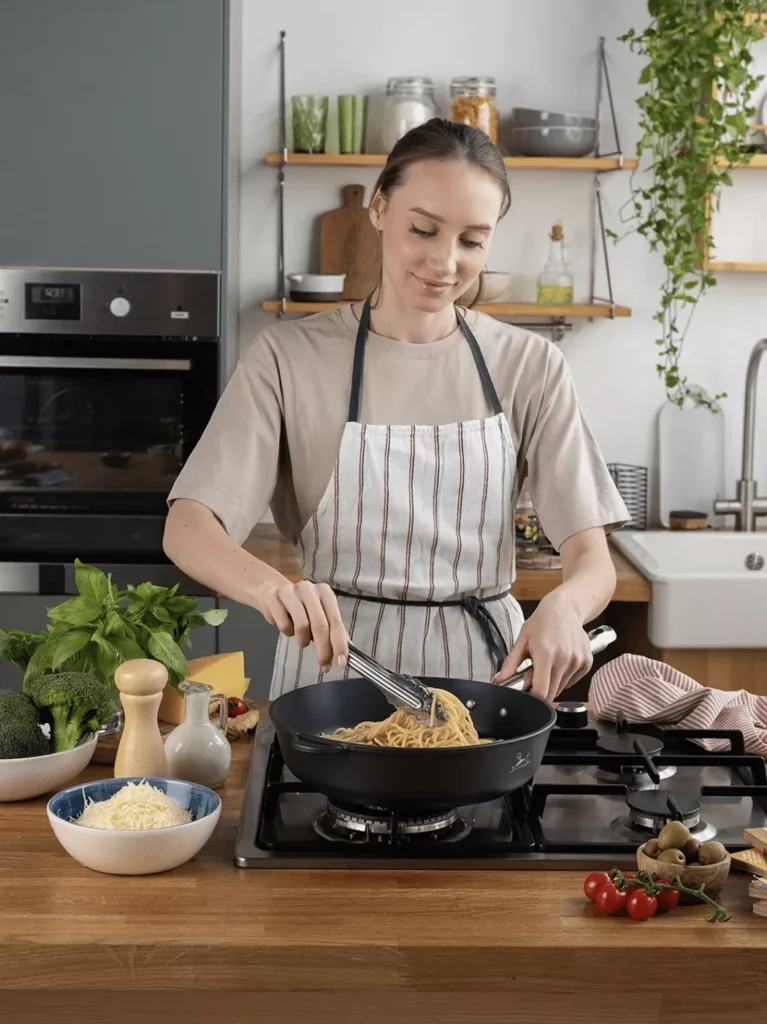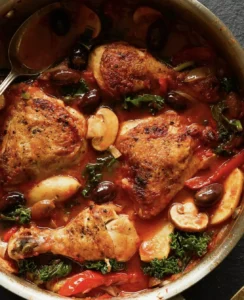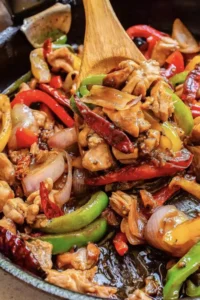Planning lunch can be a game-changer for maintaining a healthy lifestyle and managing your time efficiently. Over the years, I’ve realized the numerous benefits that come with taking a few moments each week to plan my lunches. Not only does it save time and reduce stress, but it also ensures that I’m making nutritious choices consistently.
In this guide, I’ll walk you through the essentials of lunch planning, from assessing your dietary needs to creating a balanced meal plan that suits your schedule. By the end, you’ll have a clear roadmap for making lunchtime both delicious and stress-free.
Whether you’re looking to improve your nutrition, save money, or simply enjoy more variety in your meals, this comprehensive guide will help you master the art of lunch planning. Let’s dive in and transform the way you approach lunchtime!
1. Assessing Your Needs and Preferences
Before diving into meal planning, it’s crucial to understand your dietary requirements and preferences. This ensures that every meal you prepare aligns with your health goals and tastes.
1.1 Dietary Requirements
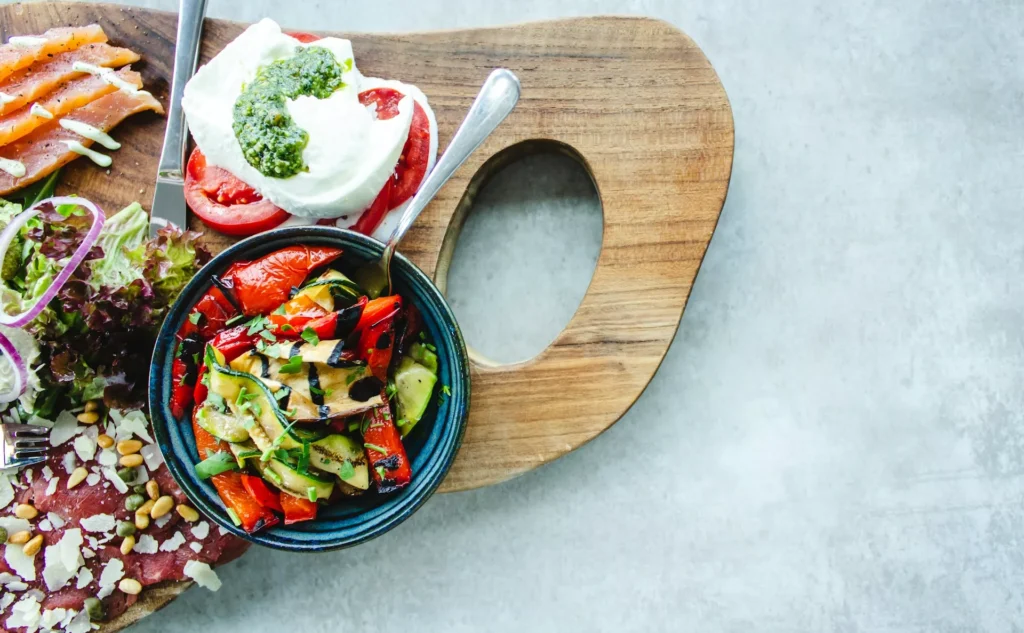
First, consider any allergies or intolerances. Whether it’s gluten, dairy, nuts, or shellfish, identifying these early on will help you avoid any adverse reactions. Additionally, keep in mind your nutritional goals. Are you aiming to increase protein intake, reduce sugar, or incorporate more vegetables into your diet? Understanding these requirements will help you select the right recipes and ingredients.
1.2 Personal Preferences and Taste

Your personal taste plays a significant role in meal planning. Take note of the foods you enjoy and those you’d rather avoid. Do you prefer savory or sweet lunches? Are there specific cuisines you love, such as Mediterranean, Asian, or Mexican? Knowing your preferences will make meal planning more enjoyable and ensure you look forward to your lunches every day.
1.3 Family or Group Needs

If you’re planning for a family or group, it’s essential to consider their needs as well. This might involve accommodating different dietary restrictions, balancing the preferences of multiple people, and ensuring that meals are suitable for all ages. For instance, if you have children, you might need to plan for more finger foods and easy-to-eat options. Collaborating with family members to gather their input can make meal planning a more inclusive and successful process.
By thoroughly assessing your needs and preferences, you’ll be better equipped to create a meal plan that’s not only nutritious but also tailored to your unique tastes and lifestyle.
2. Creating a Meal Plan
Planning your meals can seem daunting, but breaking it down into manageable steps makes the process much easier and more effective.
2.1 Reviewing Your Weekly Schedule

Start by looking at your weekly schedule. Identify days when you have more time to prepare meals and days when you’ll need something quick and easy. Consider work, school, and any other commitments that might affect your meal planning. Knowing your schedule helps you plan realistically and ensures you don’t end up with meals that are too complicated for busy days.
2.2 Selecting Recipes and Meal Ideas
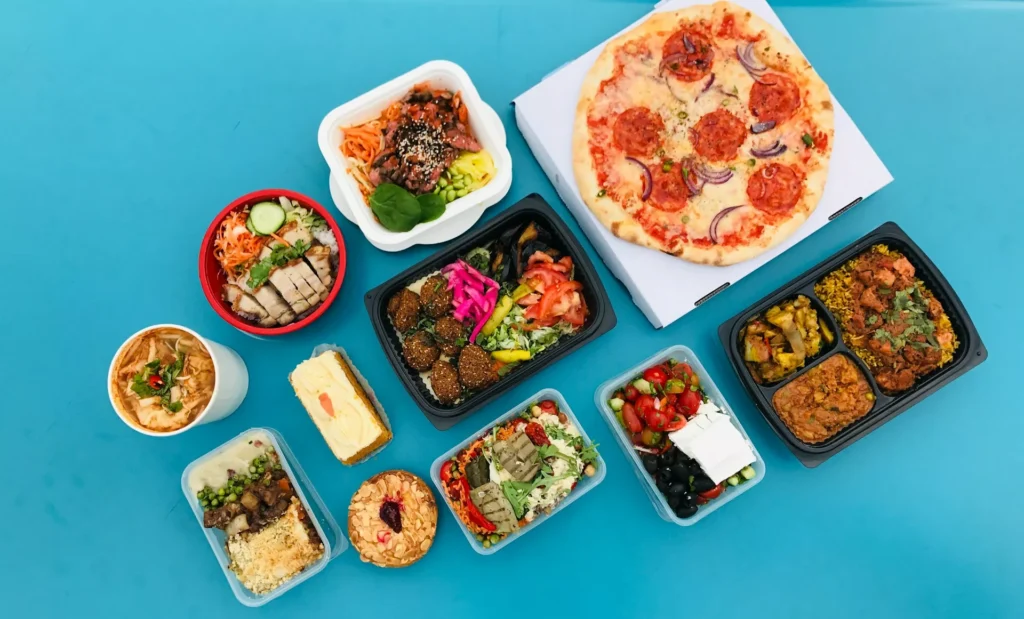
Next, choose a variety of recipes that fit your schedule and preferences. Aim for a mix of quick recipes for busy days and more involved ones for when you have extra time. Websites, cookbooks, and meal planning apps can be great resources for finding new ideas. When selecting recipes, think about how you can use ingredients across multiple meals to save time and reduce waste. For example, roast a chicken for dinner and use the leftovers for salads or sandwiches.
2.3 Balancing Nutrition
A balanced meal plan includes a variety of proteins, carbohydrates, fats, and vegetables. Here’s how to ensure each meal is nutritionally balanced:
- Protein: Include lean meats, fish, eggs, beans, and legumes. Protein helps keep you full and supports muscle repair.
- Carbohydrates: Choose whole grains like brown rice, quinoa, and whole wheat pasta. Carbs provide energy and are essential for brain function.
- Fats: Incorporate healthy fats from sources like avocados, nuts, seeds, and olive oil. Healthy fats are important for heart health and hormone production.
- Vegetables: Fill at least half of your plate with a variety of colorful vegetables. They provide essential vitamins, minerals, and fiber.
By following these steps, you’ll create a meal plan that’s not only convenient but also nutritious and satisfying. Remember to be flexible and adjust your plan as needed based on your experiences and preferences.
3. Shopping for Ingredients
3.1 Making a Grocery List

Once you’ve created your meal plan, the next step is making a comprehensive grocery list. Start by writing down all the ingredients you’ll need for each recipe. Organize your list by categories such as produce, dairy, meats, and dry goods to make your shopping trip more efficient. This ensures you don’t forget any items and helps you stay focused while shopping.
3.2 Checking Your Pantry and Fridge First
Before heading to the store, check your pantry and fridge. Take inventory of what you already have to avoid buying duplicates. This step not only saves money but also helps in using up what you already have, reducing food waste. Mark off any ingredients you find from your grocery list.
3.3 Tips for Shopping Efficiently and Economically
- Shop with a Plan: Stick to your list to avoid impulse buys that can add unnecessary costs.
- Buy in Bulk: Purchase non-perishable items like grains, beans, and nuts in bulk to save money. Bulk buying is often cheaper and reduces packaging waste.
- Look for Sales and Discounts: Take advantage of sales, discounts, and coupons. Plan your meals around what’s on sale to save money.
- Choose Seasonal Produce: Seasonal fruits and vegetables are usually fresher, cheaper, and more nutritious. Adjust your meal plan to include these items.
- Store Brands and Generics: Don’t shy away from store brands or generic items. They are often just as good as name brands but at a lower cost.
- Plan for Leftovers: Incorporate meals that can use leftovers, reducing the need to buy more ingredients for each meal.
By making a detailed grocery list, checking your current supplies, and following these shopping tips, you’ll be able to shop efficiently and economically, ensuring you have everything you need for a successful week of lunches.
4. Preparing and Cooking Meals

4.1 Batch Cooking and Meal Prepping
One of the most effective strategies for ensuring you have healthy lunches throughout the week is batch cooking and meal prepping. Set aside a specific time each week, such as Sunday afternoon, to prepare multiple meals at once. This might include cooking large portions of proteins like chicken breasts, ground turkey, or tofu, and versatile sides like rice, quinoa, or roasted vegetables. By cooking in bulk, you save time and make it easier to assemble lunches during busy weekdays.
Steps for Effective Batch Cooking:
- Choose a few key recipes that share ingredients to streamline preparation.
- Use large pots, pans, and baking sheets to cook multiple servings at once.
- Invest in quality storage containers to keep portions organized and easy to grab.
4.2 Storing and Organizing Meals
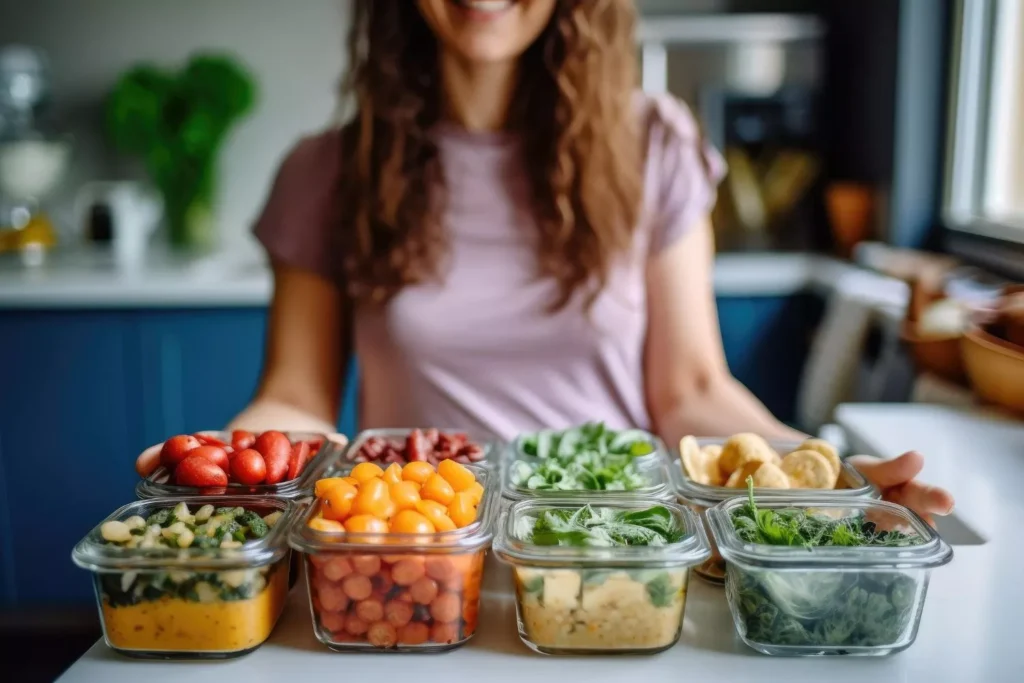
Proper storage is crucial to maintain the quality and freshness of your prepared meals. Use airtight containers to store individual portions in the fridge or freezer. Label each container with the meal type and date to keep track of freshness and avoid wasting food.
Tips for Storing Meals:
- Separate different components: Store proteins, grains, and vegetables separately to preserve their texture and flavor.
- Use clear containers: This helps you quickly identify contents without opening each container.
- Stack containers: Efficient stacking maximizes fridge space and keeps your meals organized.
4.3 Tips for Maintaining Freshness
Maintaining the freshness of your prepped meals ensures that they stay appetizing and safe to eat throughout the week. Here are some tips to keep your meals fresh:
- Cool Before Storing: Let hot foods cool to room temperature before sealing them in containers. This prevents condensation, which can lead to soggy textures and spoilage.
- Use Moisture-Control Sheets: Place moisture-control sheets in containers with fresh produce to absorb excess moisture and extend shelf life.
- Freeze for Longevity: If you won’t consume meals within a few days, freeze them to maintain freshness. Make sure to thaw them in the fridge overnight before reheating.
- Proper Reheating: When reheating meals, do so thoroughly to kill any potential bacteria. Use a microwave or stovetop, stirring halfway through to ensure even heating.
By incorporating batch cooking and meal prepping into your routine, properly storing and organizing your meals, and following tips to maintain freshness, you can enjoy nutritious and delicious lunches throughout the week with minimal daily effort.
5. Packing and Storing Lunches
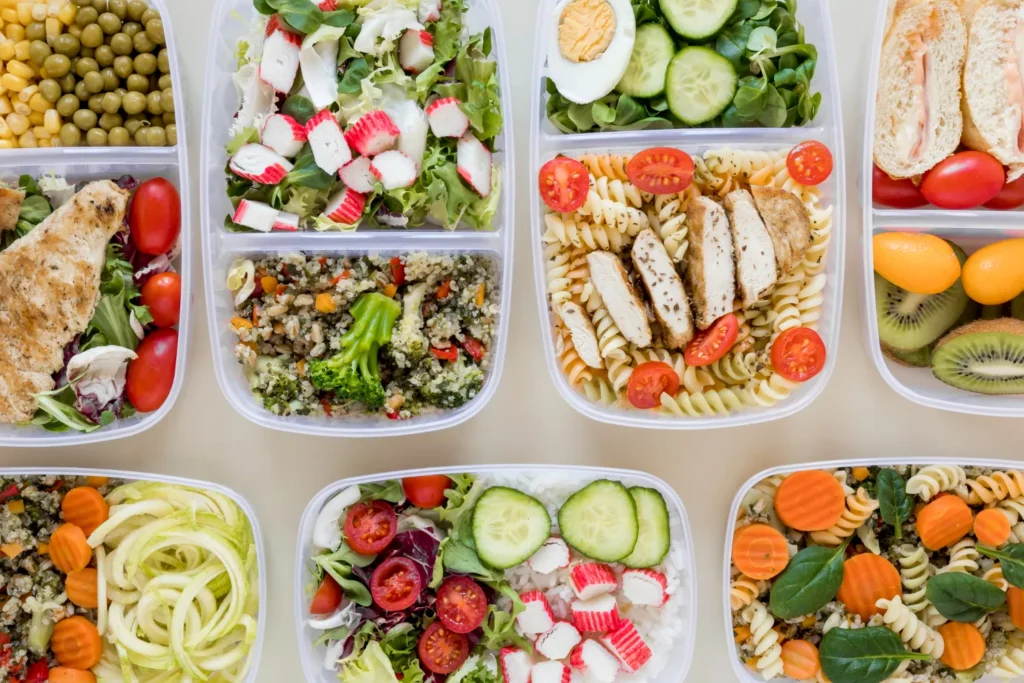
5.1 Best Containers for Packing Lunches
Choosing the right containers is crucial for keeping your lunches fresh and organized. Here are some recommendations:
- Airtight Containers: These prevent leaks and keep food fresh longer. Look for BPA-free options.
- Glass Containers: Durable and microwave-safe, glass containers are ideal for reheating food without affecting flavor.
- Bento Boxes: These are perfect for portion control and separating different food items within one container.
- Insulated Lunch Bags: These help maintain the temperature of your food, whether hot or cold, until lunchtime.
5.2 Tips for Keeping Food Fresh Until Lunchtime
Keeping your lunch fresh ensures it’s as delicious at noon as it was when you packed it. Here are some tips:
- Use Ice Packs: If you’re packing perishable items like dairy or meat, include an ice pack to keep them cool.
- Layer Smartly: For salads, keep dressings separate until you’re ready to eat to prevent sogginess.
- Avoid Overpacking: Allow some space in containers to prevent squishing and to help air circulate, maintaining freshness.
5.3 Transporting Your Lunch Safely
Safe transportation is essential to avoid spills and ensure your food stays at the right temperature. Here are some guidelines:
- Secure Lids: Make sure all container lids are tightly sealed to prevent leaks.
- Use Insulated Bags: These are great for maintaining food temperature. Choose bags with compartments to separate hot and cold items.
- Handle with Care: Place your lunch bag in a stable, upright position during transport to avoid spills and mix-ups. Avoid placing heavy items on top of your lunch bag.
By selecting the right containers, following tips to keep your food fresh, and transporting your lunch safely, you can enjoy a tasty and healthy meal every day. Proper packing and storage not only enhance the quality of your lunches but also make your meal prep efforts worthwhile.
6. Healthy Lunch Ideas
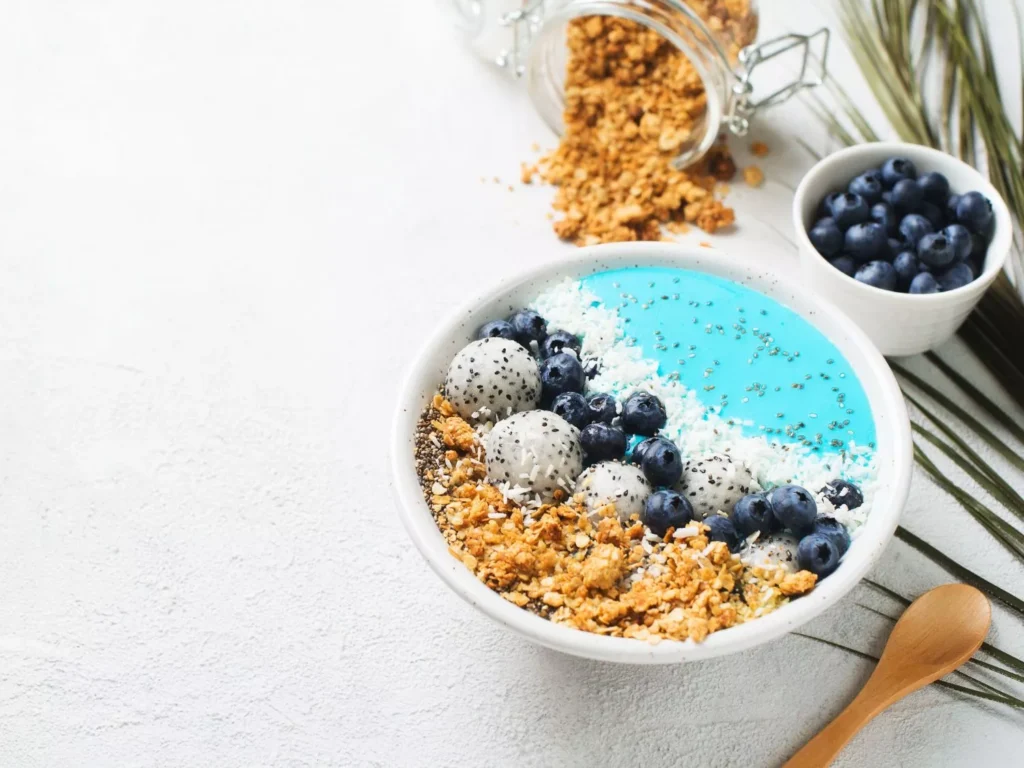
6.1 Quick and Easy Recipes
When it comes to lunch, simplicity and speed are key, especially on busy days. Here are some quick and easy recipes that are both nutritious and delicious:
- Greek Yogurt and Berry Parfait: Layer Greek yogurt with fresh berries, granola, and a drizzle of honey. This lunch is high in protein and antioxidants and takes just minutes to prepare.
- Turkey and Avocado Wrap: Spread a whole wheat tortilla with hummus, add sliced turkey, avocado, spinach, and shredded carrots. Roll it up for a portable and balanced meal.
- Quinoa Salad: Mix cooked quinoa with cherry tomatoes, cucumber, bell peppers, feta cheese, and a simple vinaigrette. This salad is packed with protein, fiber, and vitamins.
6.2 Variety and Rotation to Avoid Boredom
To keep lunch exciting, it’s essential to incorporate a variety of foods and rotate your meals. Here are some ideas to ensure you don’t get bored with your lunches:
- Theme Days: Assign each day of the week a different cuisine or theme, such as Mediterranean Monday, Taco Tuesday, and Stir-Fry Friday. This approach adds excitement and variety to your meal plan.
- Mix and Match: Create a list of staple ingredients (proteins, grains, vegetables, and sauces) that you can mix and match throughout the week. This flexibility allows you to create new combinations and keep things interesting.
- Seasonal Ingredients: Incorporate seasonal produce into your meals. Not only is it fresher and more flavorful, but it also provides a natural variety to your diet.
6.3 incorporating Leftovers Creatively
Leftovers can be a lifesaver when it comes to quick and healthy lunches. Here are some creative ways to repurpose leftovers:
- Soup and Stew: Use leftover roasted vegetables and proteins to create a hearty soup or stew. Add some broth and spices for a new and flavorful meal.
- Grain Bowls: Combine leftover grains like rice or quinoa with fresh veggies, a protein source, and a tasty dressing to make a nutritious grain bowl.
- Stuffed Peppers: Fill bell peppers with leftover meats, grains, and veggies, then bake them for a delicious and filling lunch.
By incorporating quick and easy recipes, ensuring variety and rotation, and creatively using leftovers, you can enjoy a range of healthy and satisfying lunches throughout the week. These strategies will help you maintain a balanced diet and keep lunchtime enjoyable.
Frequently Asked Questions (FAQs)
1. How can I make meal planning easier?
To make meal planning easier, start by dedicating a specific time each week for planning and prepping. Use meal planning apps or templates to organize your ideas. Choose simple, versatile recipes that can be reused in different ways throughout the week. Batch cook and prep ingredients ahead of time to save daily cooking effort. Finally, make a comprehensive grocery list to ensure you have everything you need.
2. What are some budget-friendly lunch options?
Budget-friendly lunch options include meals that use affordable ingredients and minimize waste. Consider dishes like:
- Bean and Rice Bowls: Use canned beans, rice, and simple toppings like salsa and avocado.
- Vegetable Stir-Fries: Utilize seasonal vegetables and inexpensive grains like rice or noodles.
- Egg-Based Dishes: Eggs are cost-effective and versatile, great for omelets, frittatas, or sandwiches.
- Pasta Salads: Combine whole grain pasta with vegetables and a simple dressing. Buy ingredients in bulk and take advantage of sales and discounts to further reduce costs.
3. How do I keep my lunches interesting?
Variety is key to keeping lunches interesting. Incorporate different cuisines and flavors into your meal plan. Use a mix of textures and colors to make meals visually appealing. Rotate your meals weekly and use different cooking methods like grilling, roasting, or stir-frying. Incorporate seasonal produce for freshness and variety. Additionally, try new recipes regularly and use leftovers creatively to avoid monotony.
Conclusion
Planning your lunches can transform your daily routine by saving time, reducing stress, and ensuring you eat healthy, balanced meals. By assessing your needs, creating a meal plan, shopping efficiently, and prepping meals in advance, you set yourself up for success throughout the week. The benefits of lunch planning extend beyond just convenience; it promotes better nutrition, helps manage your budget, and keeps your meals exciting.
I encourage you to start meal planning today. Begin with simple steps, stay consistent, and adjust based on your experiences. Involve your family in the process to make it enjoyable and inclusive. Remember, successful lunch planning is a journey that evolves with your preferences and lifestyle.
Take the leap and discover how effective lunch planning can enhance your daily life. With the right approach, you can enjoy delicious, healthy lunches that support your overall well-being. Happy meal planning!
